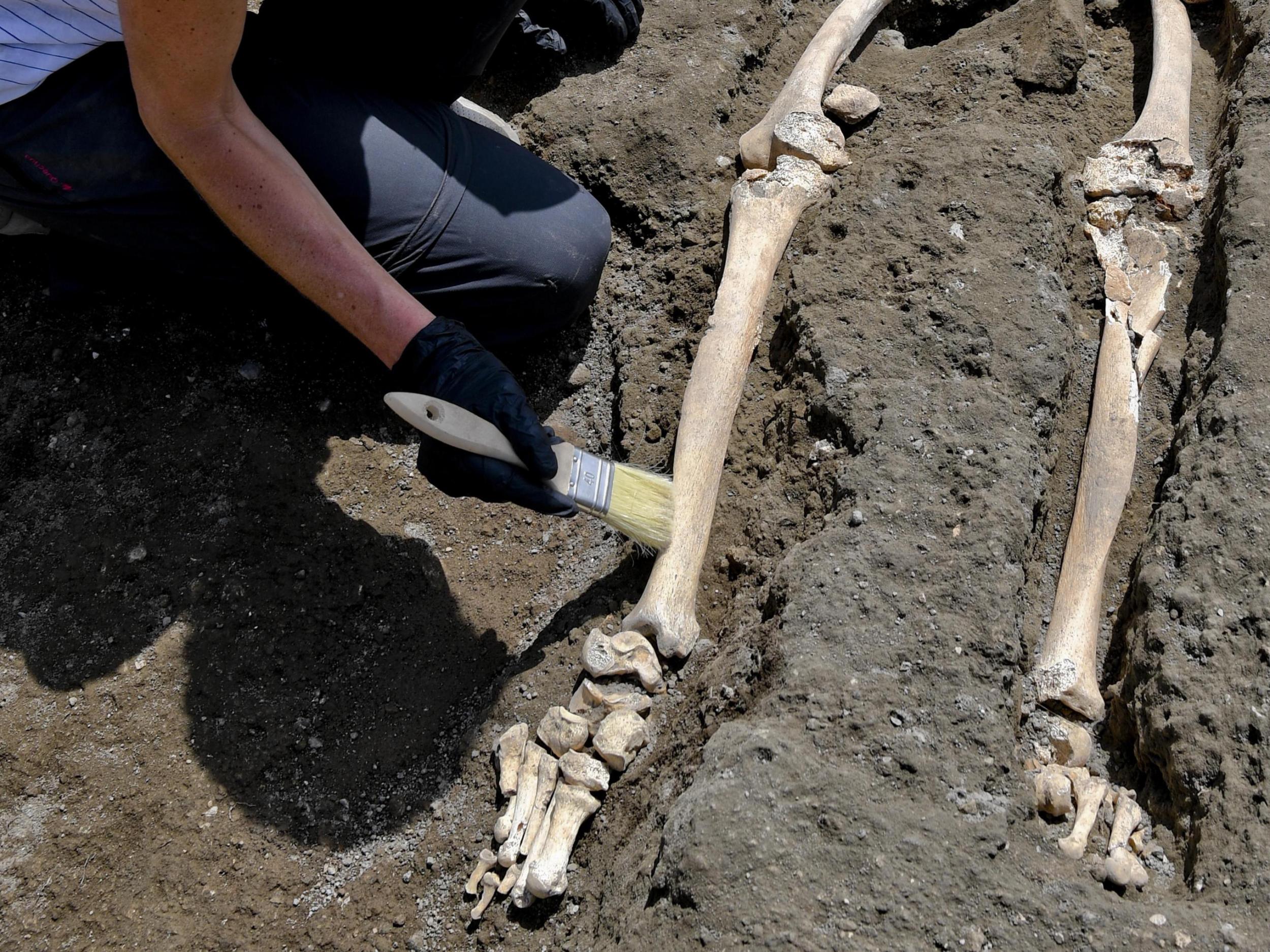Science news in brief: Metropolitan bumblebees and DNA salvation for bigleaf maple trees
A roundup of other stories from around the world

Bumblebees thrive in the city but struggle on the farm
The bumblebees of London may be faring better than their relatives in the English countryside, suggests a study published recently in Proceedings of the Royal Society B.
“We’re not saying from this that urban areas are the solution to bumblebee declines or that urban areas are the ideal habitat,” said Ash Samuelson, the author of the study. “But given the choice of two unnatural situations, they’re actually able to exploit that city environment, which is very different to what they evolved in.”
Samuelson’s team collected more than 100 wild, foraging queen bees and took them back to the lab to build colonies. Then they transplanted the colonies to 38 different sites.
Compared to those placed in cities and villages, colonies placed in agricultural fields produced fewer reproductive offspring and fewer workers, and their queens died sooner. Their colonies, which broke down faster than city and village colonies, also had fewer nutrient reserves.
As space aliens go, Oumuamua is kind of a dud
It came from outer space, zooming through the solar system at 50 miles per second in October: a lazily spinning reddish cigar-shaped rock named Oumuamua.
It was an interstellar something, but what, exactly? Astronomers turned radio telescopes on it in case it was an alien spaceship, but it was silent.
Oumuamua never lit up like a comet on its passage past the sun and through our realm, so astronomers concluded it was an alien asteroid. Now, however, the same team that discovered Oumuamua has concluded it was a comet after all.
Dr Marco Micheli of the European Space Agency’s SSA-NEO Coordination Centre in Italy, found the gravity of the sun and planets was not the only force acting on the little wanderer. Something else was pushing the object away from the sun. Such “nongravitational” forces caused by the outgassing of gas and dust are characteristic of comets.
The real killer of Pompeii’s ‘unluckiest man’

He was known across the internet as “Pompeii’s unluckiest man.” But the story about the ancient eruption victim’s demise may have been greatly exaggerated, a new finding suggests.
In May, archaeologists uncovered the remains of a man who had seemingly been crushed by a flying boulder while fleeing the eruption of Mount Vesuvius in AD 79. Only his skeletal legs and lower torso protruded from beneath the 300kg block.
At the time, the team reported a volcanic cloud had launched a stone door jamb toward the man, decapitating him. But further digging has unearthed the man’s intact skull – with his mouth wide open – suggesting he was not crushed by a volcanic projectile.
The team had already determined the man, thought to be around 35 years old, had a physical defect that caused him to limp. It is possible the disability slowed him down, making him more vulnerable to incoming noxious gas and ash.
Using DNA mapping to find salvation for bigleaf maples
Forests are disappearing. Maps show shrinking woodlands all over the world. Even trees coveted for their wood and that are protected from logging are being chopped down.
Environmental advocates are driving a project to create a DNA database of populations of the bigleaf maple tree on America’s west coast. The goal is to use DNA mapping to combat thriving timber black markets in tropical countries plagued by illegal logging.
The DNA database is an experimental project by the Norwegian government, which is jointly funding the effort with the US Forest Service’s international programme. Norway hopes to see whether such a database is feasible in places like Indonesia and Peru, where illegal logging is rampant.
Advocates hope DNA databases could be used for legal cases. Several people in the United States have been convicted of illegal logging with the help of DNA evidence. Genetic markers can indicate whether a tree was logged from a protected location.
© New York Times
Join our commenting forum
Join thought-provoking conversations, follow other Independent readers and see their replies
Comments
Bookmark popover
Removed from bookmarks